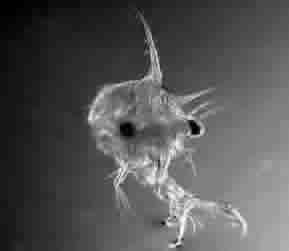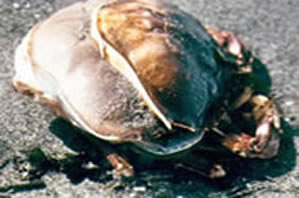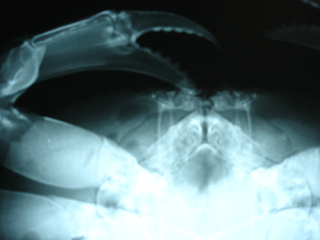About Dungeness Crab
Dungeness Crab

Dungeness crab (Cancer magister) are crustaceans, with an exoskeleton or shell. They have eight walking legs and two claws.
Their lifecycle begins when a sexually-mature male crab mates with a newly-molted, soft-shelled female crab in the late spring/early summer months. The eggs are fertilized when they are fully developed and ready to hatch in the late fall/early winter. A female crab can carry up to 2.5 million eggs in the protected area under her abdomen.
Dungeness crab (Cancer magister) are crustaceans, with an exoskeleton or shell. They have eight walking legs and two claws.
Their lifecycle begins when a sexually-mature male crab mates with a newly-molted, soft-shelled female crab in the late spring/early summer months. The eggs are fertilized when they are fully developed and ready to hatch in the late fall/early winter. A female crab can carry up to 2.5 million eggs in the protected area under her abdomen.



